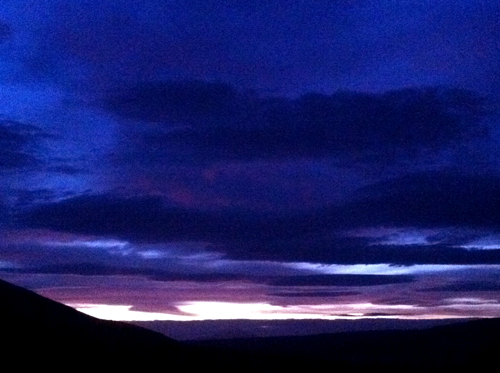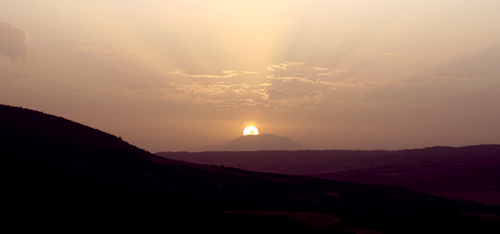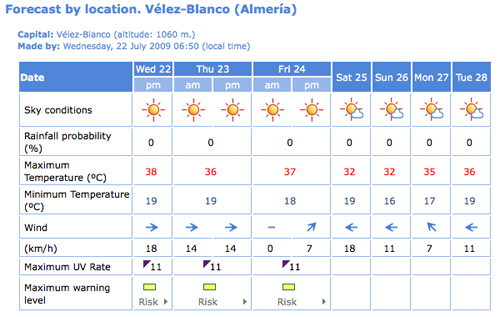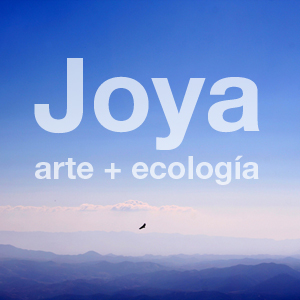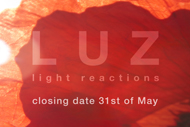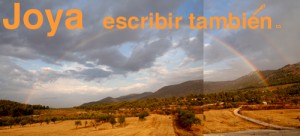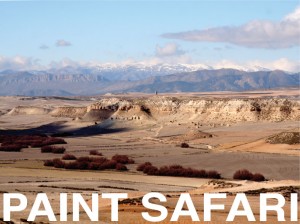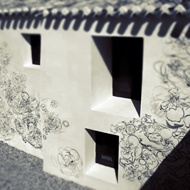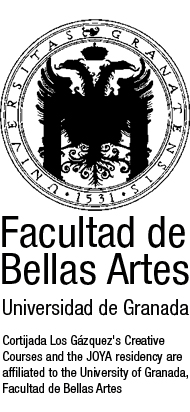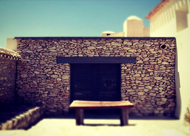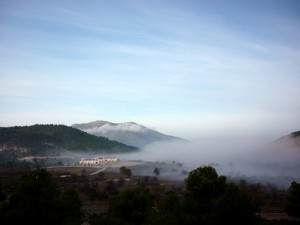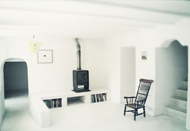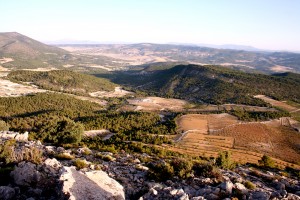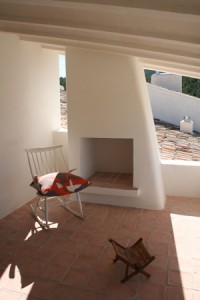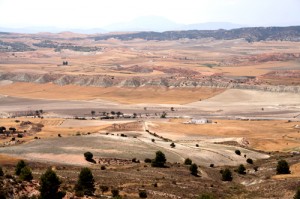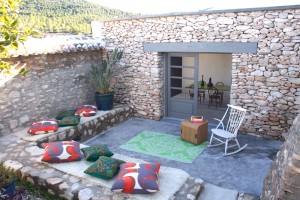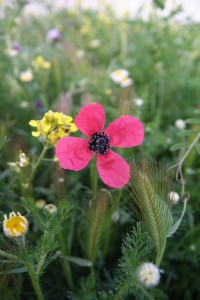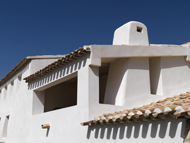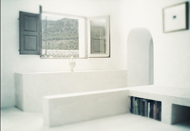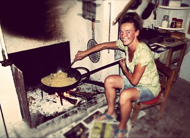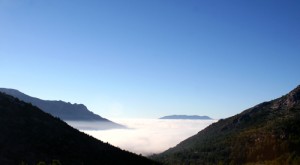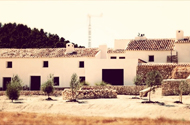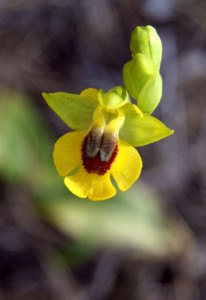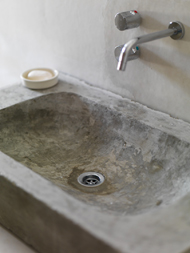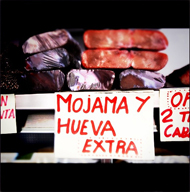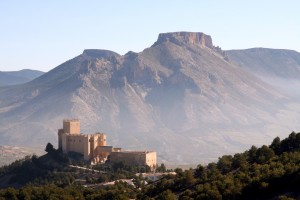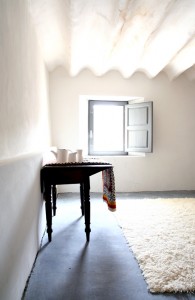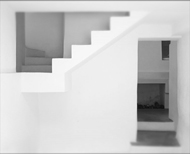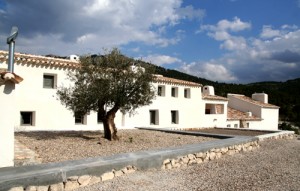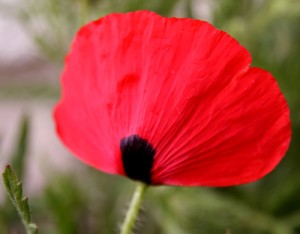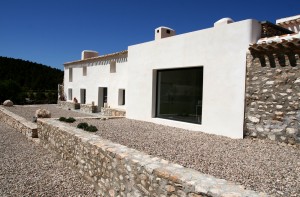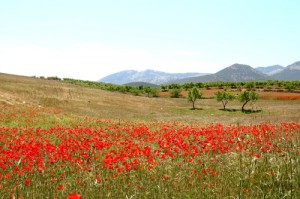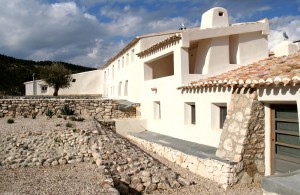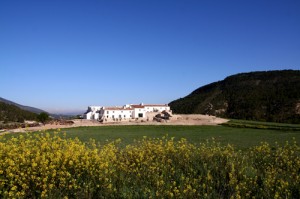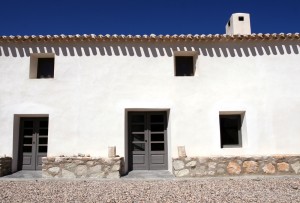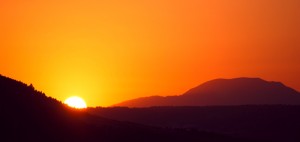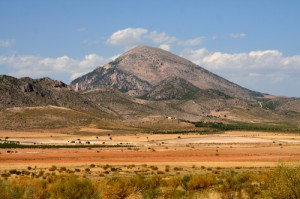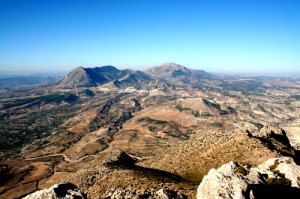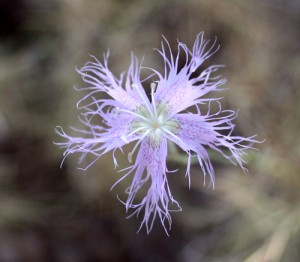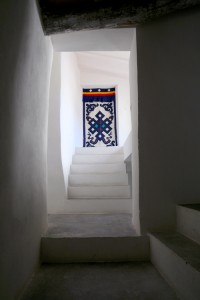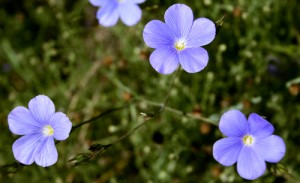What some very nice folk said about us…
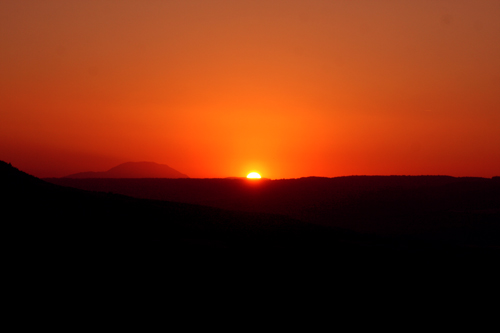
As the sun sets on the summer solstice here at Los Gázquez we thought you may like to see what some very nice folk wrote about us…
GUEST BOOK (just click on it and see)
‘a strange and beautiful thing…’

8.30 am, the sun has not yet risen over the Sierra Larga. A light frost dusts the dry ground, my feet are cold but I’m wearing a t-shirt and I can feel a warm air against me. This warm air is compressing the nights cold air beneath it, hence the mist you can see in the photograph. This is called a capping inversion. This cap can be broken by greater convection as a result of the sun rising creating greater solar radiation. I turn to see this view…
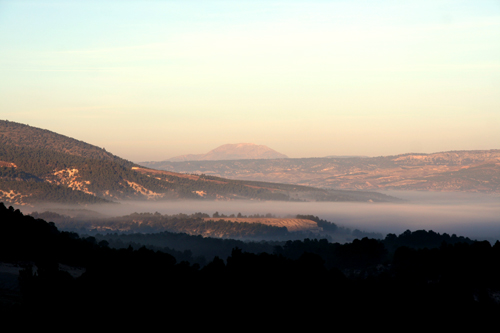
…the view west to La Sagra in Granada province. The sun has reached these areas in advance of Los Gázquez and these ephemeral lakes dissolve before my eyes. The day ahead is another day of stillness. An hour on from taking these photos I am writing this blog, coffee on the mouse mat, the sun breaches the Peña Cassenova projecting light through the ascending mist. In fifteen days it will be Christmas but here the days are warm and dry.
Breakfast, tostada, tomate y jamon.
Fire, Fire!
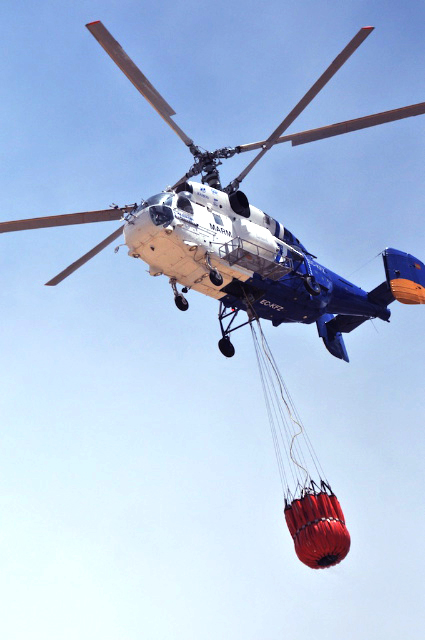
A wildfire came to the woody slopes of the Comarca de Los Velez last week. It was a day heavy with cloudy skies and a hot humid atmosphere. Inevitably a thunderstorm passed this way and a bolt of lightning struck a sierra just a few meters west of the Torre del Charcon.
The ensuing fire was dealt with very rapidly. Here in our region of Spain, and I am sure the whole of the southern peninsular, the authorities are exceptionally vigilant. From Los Gazquez alone we can see, and be seen, by two fire watch towers at any one time.
Within minutes two helicopters were on the scene, taking water from local balsas, which are farmer’s small reservoirs used to irrigate the land. They drop their flexible Bambi Buckets into the water and carry anything between 275 to 9840 litres of water depending on the lifting capacity of the helicopter. The contents are then delivered directly to the site of the fire.
Once the helicopters had the flames under control the king of the fire fighting equipment is deployed. Sadly I have no pictures of the sea plane or water bomber. What I can tell you is that within minutes of scooping up a few thousand liters of the Mediterranean sea and then mixing it with fire retardant it’s payload was delivered with extreme accuracy right on the peak of the 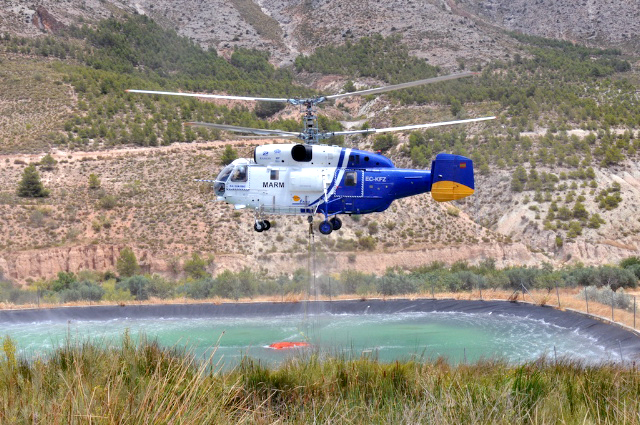 mountain and the remainder of the fire.
mountain and the remainder of the fire.
The sea plane has left a red patch of fire retardant on the point of the sierra. It is a mixture of ammonium sulfate and attapulgite clay thickener or diamonium phosphate with a guar gum derivative. These chemicals act as fertilisers to help the regeneration of plant life after the fire. The red colouring is ferric oxide and is used to indicate where the retardant was dropped. Without marking the point of contact the chances of re-ignition are quite high.
Thanks to my mate Nick for his pictures. After all it was outside his front door.

